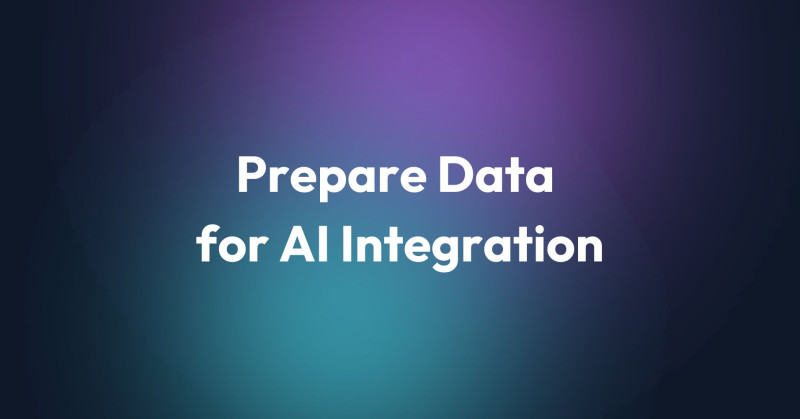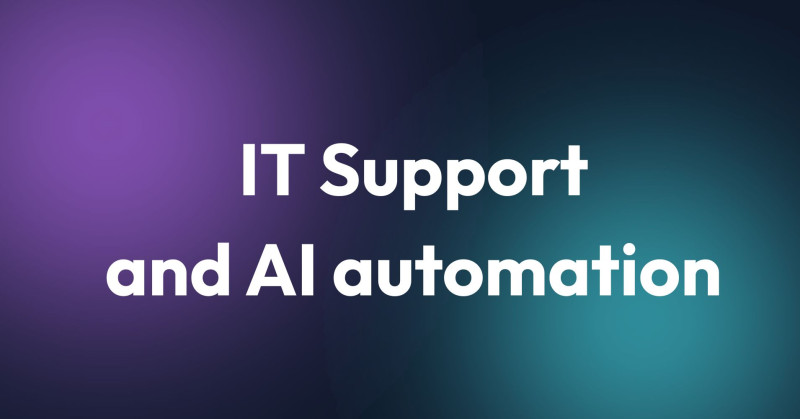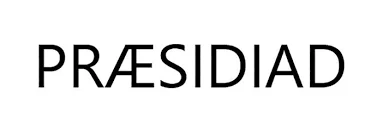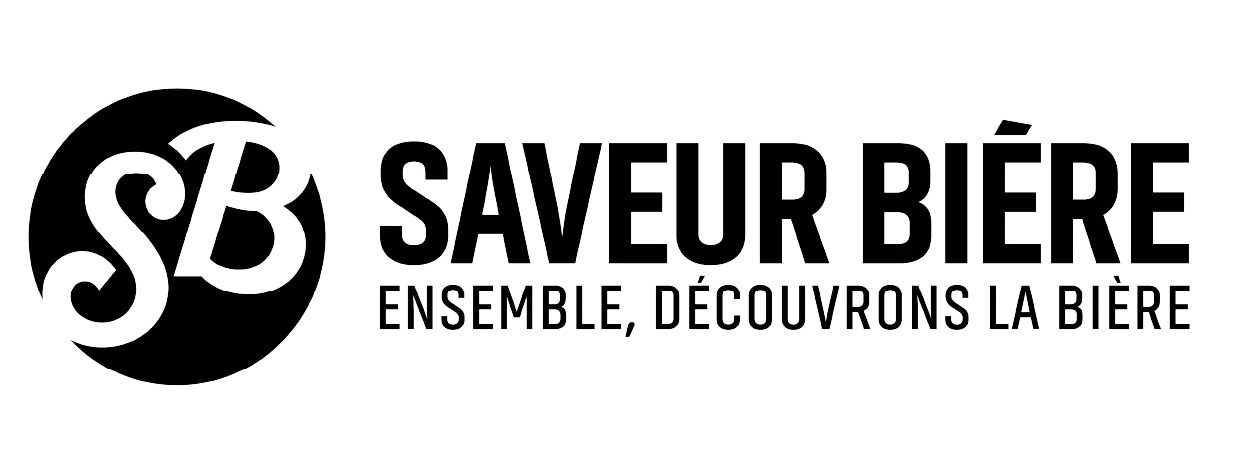When looking for a Software House to cooperate with, you need to consider many factors. Some of the most important are the price of the services and the method of billing. The two most popular types of contracts are Fixed Price and Time and Material, although you may also encounter a mixed model. Today we will look at the Fixed Price model, which offers stability and predictability to clients.

What Is a Fixed-Price Contract?
A fixed-price contract entails an agreement between a client and a software house or development team, establishing the total project cost in advance. Client’s expectations, the list of tasks to be completed, the work schedule - a thorough discussion of these issues is the basis for making an accurate quote. What are the pros of this type of contract?
Fixed-Price Contract: Advantages
The fixed-price contract has numerous benefits that you won’t find anywhere. Let’s take a look at six main advantages that are the most important for clients.
Predetermined Cost
By opting for a fixed-rate contract, the client knows in advance how much they will have to pay for the development of software or a website. From the very beginning of the project you know exactly how much it will ultimately cost, which allows you to better plan your company budget and allocate resources. You don’t have to worry that the final price of the finished product will be significantly different from the expected amount.
The Risk is Transferred from the Client to the Contractor
Fixed Price contracts are characterized by the fact that the contractor bears the responsibility for implementing the project within the agreed budget. The shifts any risk of cost overruns from the client to the contractor.
A Software House offering this type of contract, must be meticulous in planning and executing the project to fit within the established financial constraints. The Fixed Price model requires precise uncertainty management, cost estimation and implementation of effective strategies to help deliver the finished product while staying within the budget.
Clear Scope and Deliverables
When the scope and deliverables are explicitly outlined and agreed upon at the contract's onset, it provides a roadmap for the project's direction. Clients have a precise definition of what they can expect as the final outcome, while contractors understand the specific tasks, functionalities, and milestones they need to achieve. This shared understanding sets expectations, reduces uncertainties, and facilitates alignment between the client's needs and the contractor's deliverables.
Good Communication
As already mentioned, one of the main requirements of the Fixed Price model is to precisely define the terms and scope of the cooperation at the very beginning. This leads to better communication between the client and the contractor, as everything is thoroughly documented and if there is any ambiguity, the initial arrangements can be referred to.
The contractor, for its part, should also provide reports and statuses on the progress of the project. This promotes transparency in cooperation and builds trust. Any deviations from the plan, delays and other difficulties are signaled quickly, which translates into comfort for the client.
Stability and Predictability
The predefined nature of fixed-price contracts brings a sense of assurance. Everything from project scopes to costs is clearly outlined, providing a solid foundation for the project's progression. This stability and predictability in fixed-price contracts not only streamline the project workflow but also create an environment conducive to efficient planning, resource allocation, and overall reduced stress for all involved parties.
Time and Material vs Fixed-Price Contract
Time and Material (T&M) contracts involve paying for the actual time spent on a project and the materials used. In this type of contract, the client pays based on the number of hours worked by the contractor and the cost of materials utilized, often with an hourly rate for labor and reimbursing the actual costs of materials.
Comparison and Differences
When comparing T&M contracts with Fixed-Price contracts, several differences arise. T&M contracts offer flexibility in project scope and allow for changes during the project's execution without requiring a predefined scope at the contract's onset. However, this flexibility may lead to uncertain project costs, as the final expenditure is unknown until the project's completion. In contrast, Fixed-Price contracts provide a predetermined project cost and a well-defined scope from the beginning, offering clients cost predictability and reducing the contractor's risk.
What’s the fixed-price contract advantage over T&M?
Fixed-Price contracts often stand out as a preferred choice due to their inherent predictability and stability. It also fosters a sense of accountability on the part of the contractor, who is responsible for managing costs and delivering the project within the agreed-upon budget, ultimately reducing the client's risk and ensuring a more controlled project environment.

In Which Projects Fixed-Price Contract Work the Best?
A fixed-price contract has many benefits, but no solution is a one-size-fits-all answer.
Small to Medium-Sized Projects
Small and medium-sized projects often have a well-defined scope, and they are not expected to have large fluctuations in requirements. It is easy to determine the schedule, deadline and budget for a given project. When the scope of work is clear and unchanging, the use of a fixed-price contract provides transparency in budgeting and establishes a clear framework for project completion.
Specific Scope and No Significant Changes
The benefits of the fixed price model will be felt especially by projects where large and significant changes are not expected. This can apply to projects involving predefined application development specifications, where any changes or modifications to the initial requirements are minimal and meticulously documented.
What Should You Know Before You Decide on a Fixed Price Contract?
Prepare well for your first interview: Whether you want to develop an application from scratch, a website, or perhaps modify existing software, it’s a good idea to prepare some information in advance. It’s helpful to write down all your requirements so that during the initial meeting you can easily present them and not forget anything. Do you have an idea, but need help with figuring out the details? Schedule a free consultation – we will do our best to help you!
Check references and portfolio: An extensive portfolio of completed projects speaks well about the company. By reviewing case studies, you can quickly get an idea of the quality of a Software House’s work, as well as whether it has already completed projects similar to yours. Testimonials are the fastest way to assess, for example, whether a company meets its deadlines or how communicative it is. The most popular site where you can find reviews from previous clients is Clutch.
First meeting: The first contact with a Software House is an opportunity to see if there is chemistry between you. After the initial meeting, you can infer a lot about how a company approaches the client, whether its representative is willing to answer additional questions, address your concerns, and so on. It’s worth asking about documentation. In one of the previous articles, we outlined exactly what documentation you can get from Primotly after the first consultation.
Building Products: Fixed-Price but Better!
There aren’t two the same projects—every comes with its own challenges and limitations. After years of experience of making software and collaborating with clients from different industries, we came up with our original solution: Building Products model. We always aim high, delivering the best software solutions to our clients. Everything to allow you to grow and develop.
Building Products: Step by step
Our flexible model of cooperation is tailored to your needs. It consists of several steps, and completing each of them doesn't entail any additional obligations. It means that you can end our partnership anytime and will receive all materials after each completed stage.
Initial Workshop
During our free Initial Workshop you will meet with our Project Manager. It’s the time when we discuss the goals of the project, your needs, budget, and deadlines. This session lets us prepare estimates for the actual workshop: how many hours it will take, who will participate, what exactly it will concern, and how much it will cost.
Workshop
Now we can talk about details of our project. In the series of meetings the client representative, Project Manager, sometimes with UX/UI Designer and Developer (to support and clarify design and technical aspects accordingly), we conduct in-depth project analysis, work on documentation and gather feedback.
The outcome of the workshop’s meetings are a valuation for Dev/Ops and backend jobs, documentation of the project, and wireframes/mockups, which we are going to create together with the UX/UI Designer during online sessions.
Essential Design
During Essential Design we focus on finding the right visual direction. This stage is dedicated to understanding what styles and directions suit the product and the customer the best. We’re looking for compromise between modern design principles and subjective taste. It’s important for us to find a common language in the field of design to present to you a design system for the project and a home page.
Further Design Development
Based on the outcomes of the previous stage, we can now create subsequent elements of the website. All created subpages correspond to the accepted visual identity. We pay attention to details and make sure that the whole product has a cohesive aesthetic.
Implementation
After the design and documentation are ready, we can start coding. Our skilled developers with the Team Lead work together to bring your product to life. The Project Manager takes care about deadlines and makes sure that the whole project is on track.
We have based our original process on our experience with working with more than 70 companies from around the world. Find out how Building Products can help you implement your project more efficiently.
Advantages of Building Products Model
After the Initial Workshop, you know the exact quote for each step
You decide how many stages you want to go thought
You can discontinue the collaboration after each completed stage while retaining all materials
Is Fixed Price the Perfect Option for Your Next Project?
The fixed price model is stability and predictability, which gives great comfort especially for smaller projects with limited budgets. It’s an option in which the Software House assumes the risk and commits to deliver a digital product with certain functionalities at a predetermined price. If you would like to discuss your new project, contact us! We will get back to you and talk about the details.





















